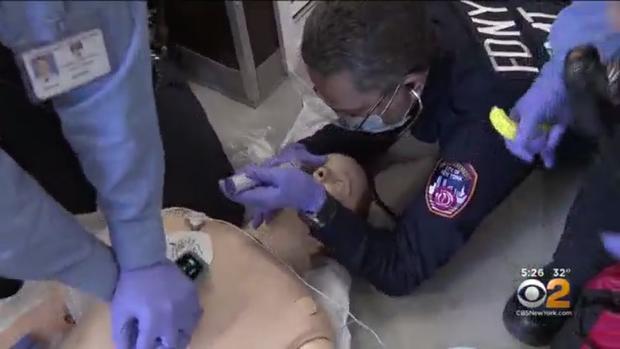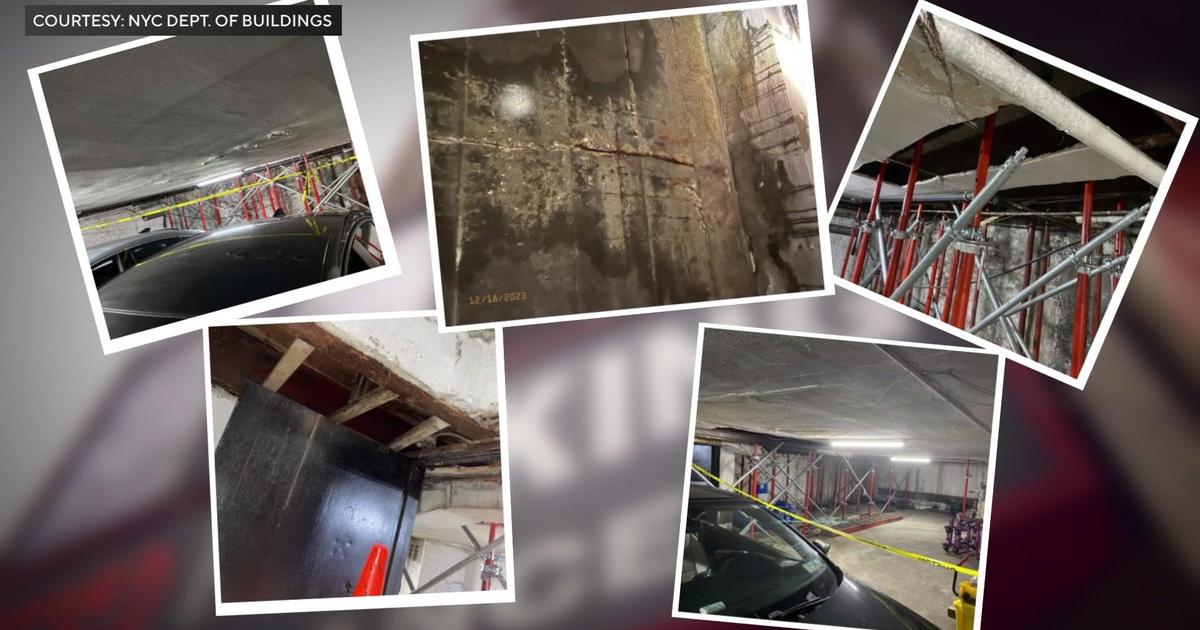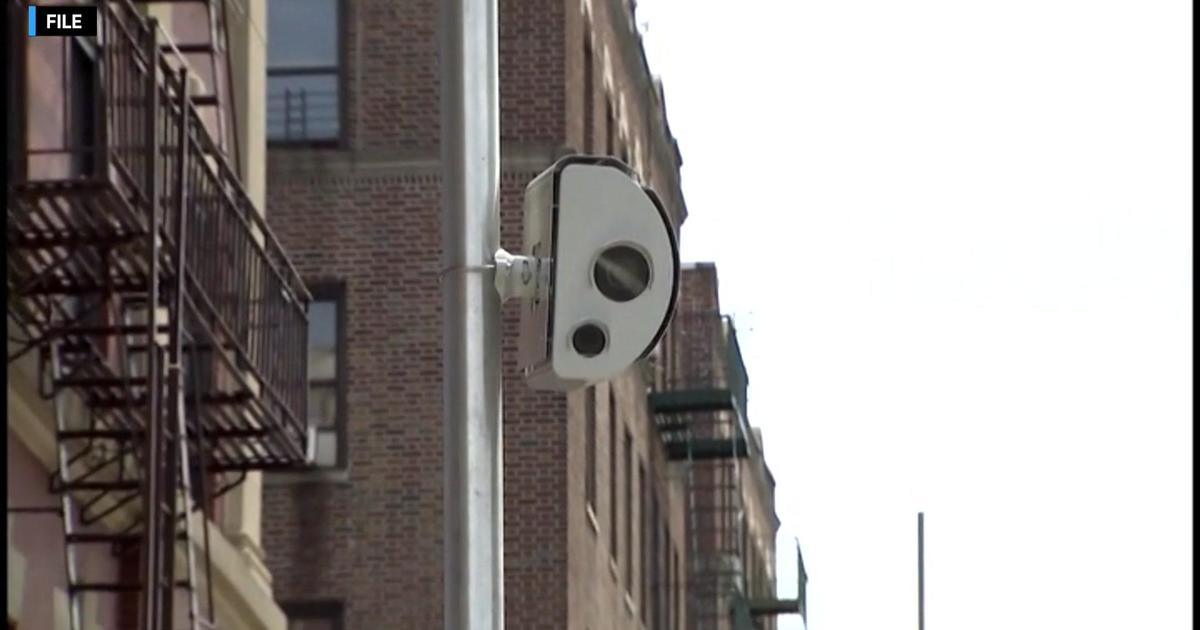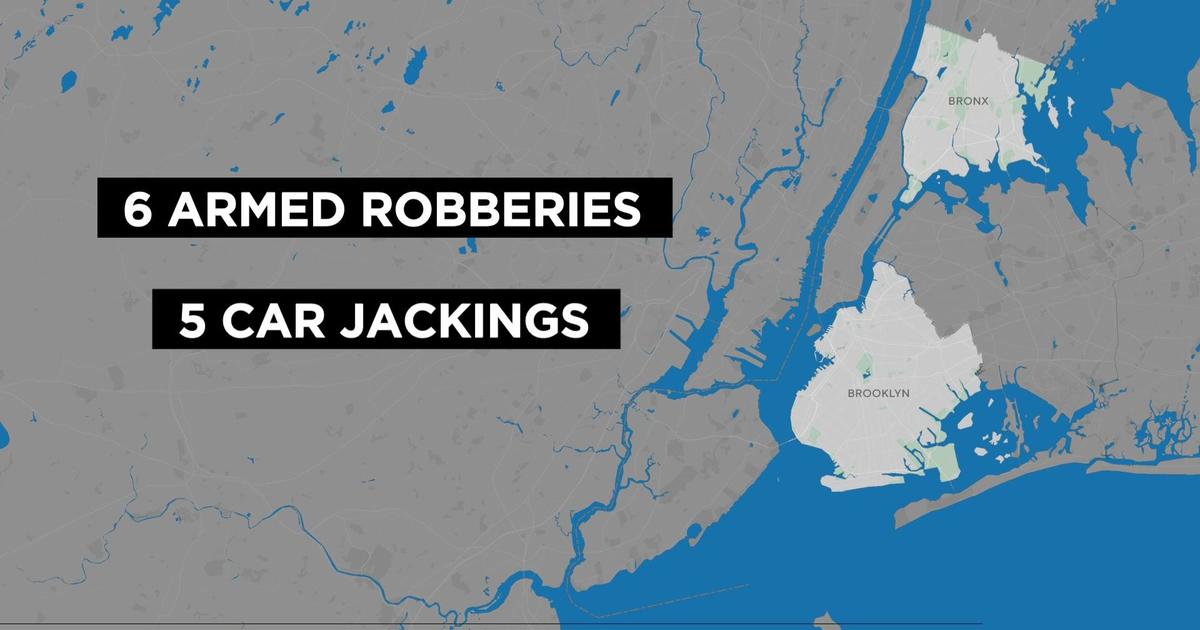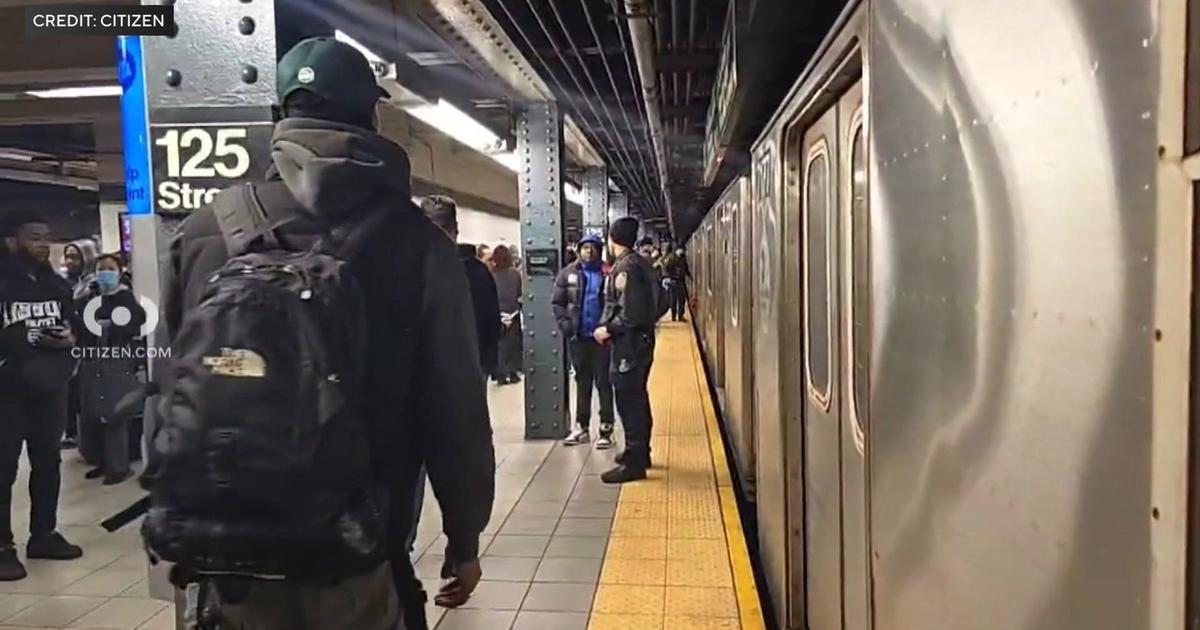'We Try To Take It To A Whole 'Nother Level': FDNY EMTs, Paramedics Are The Best, Thanks To Their Training
NEW YORK (CBSNewYork) -- FDNY emergency medical technicians and paramedics answer nearly 5,000 calls across the city every day.
Joining the team takes intense, state-of-the-art training. CBS2's Hazel Sanchez recently got a behind-the-scenes look.
Sanchez was there to see EMTs and paramedic trainees respond to a man in cardiac arrest. He wasn't real, but as students like Kevin Rehrer attested, the scenario and pressure was as close as it gets.
"This has been the best and most stressful time of my life," Rehrer said.
The training is critical to join the more than 4,000 EMTs with the FDNY. Last year, they responded to more than 1,531,000 medical emergencies, their busiest year on record.
MORE: 9/11 First Responder Graduates As FDNY EMT In Return To Public Service
They undergo rigorous training at the FDNY Emergency Medical Service Academy at Fort Totten in Queens. There are 13 weeks of training for EMTs and nine months of training for paramedics.
"The Fire Department takes our training very seriously. We try to take it to a whole 'nother level," FDNY paramedic Bruce Funaro said.
The Department's emergency medical service began in the late 1800s with horse-drawn ambulances. Obviously, much has changed.
"In the last couple years our EMTs and paramedics received counter terrorism training," said Cesar Escobar, the chief of the EMS Academy.
Today, trainees still learn the latest in emergency medicine in the classroom, but books have been replaced by tablets. Mock scenarios with fellow classmates acting as patients are now enhanced with high-tech mannequins that talk.
The FDNY has a room filled with simulation mannequins -- adult, child, and even an infant sized. They can mimic breathing problems, bleed from wounds, and blink indicating stroke. Students are able to administer intravenous medication and intubate the mannequins, which they wouldn't be able to practice on a real person.
"How are you supposed to prepare to be an EMT, to be a paramedic if you're not being prepared for real-life situations?" Rehrer said.
FLASHBACK: Seen At 11: Training With The FDNY's Elite Rescue Paramedics
That includes operating an ambulance, which is a literal hospital on wheels. Students have hands-on training on an obstacle course, driving, and parking.
Since trainees can't get all the real-life lights and sirens scenarios on the streets they can create them in a simulator, which is nowhere near as easy as it looks, Sanchez reported.
Sanchez drove in simulated rain and fog, rushing through the busy streets to get to a patient, but was not prepared to get cut off.
"You can be the best EMT in the world, but if you don't get to your patient, you're no good," FDNY Lt. Joseph Yolles said.
Rehrer said he drowned when he was 5 years old, but was revived by an EMT. He's inspired to pay it forward and will graduate with more than 150 others in February.
"To save lives under pressure, that's my goal. It just gives me so much pride," Rehrer said.
In 2019, more than 3,600 EMTs, paramedics, and firefighters received refresher training to maintain their state Department of Health certifications.
